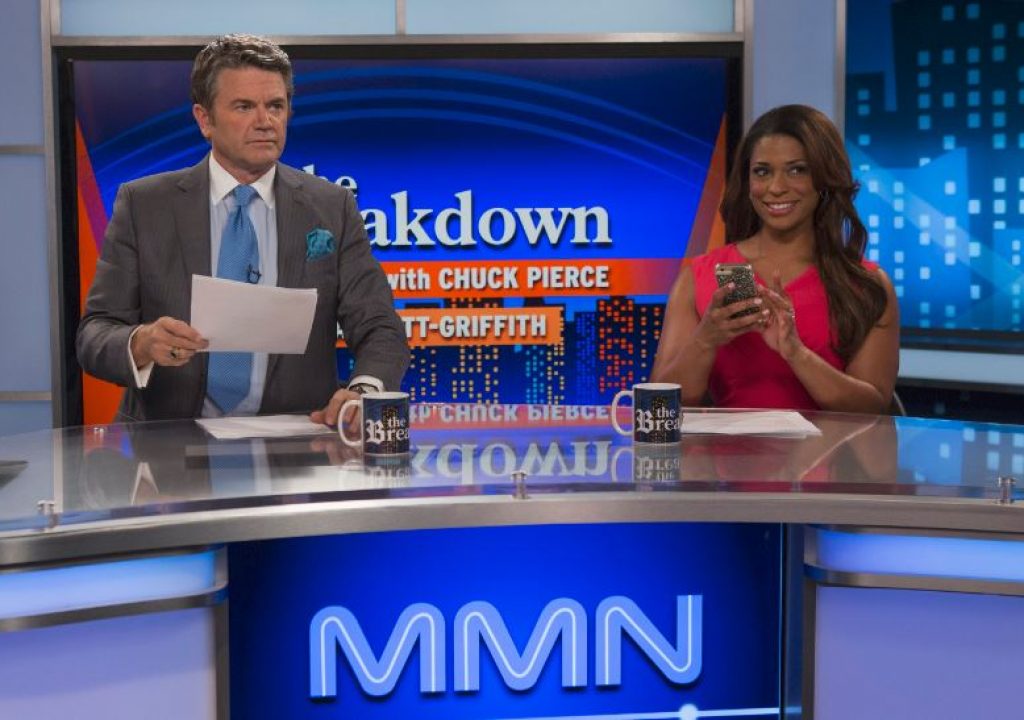David Helfand, ACE, has been nominated for several Primetime Emmys for editing on “Weeds” and “That 70s Show. He has also edited TV series: “Dream On,” “Friends,” “The Middle,” “Love Bites,” “The Mindy Project,” and “The Brink,” before moving to his latest project, the upcoming new comedy series from Tina Fey, “Great News,” which is due out in 2017.
(Images in this article have been purloined from the web. If any of these are yours and you would like me to remove them, please let me know. In general I only use licensed imagery in these articles. I tried to stick to network publicity stills and keyart.)
HULLFISH: Talk about your new project.
 HELFAND: The series is called “Great News” and it’s a half hour comedy created by Tracey Wigfield and executive produced by Tina Fey and Robert Carlock. Tracey is a talented writer whom I met on “The Mindy Project” and who also worked on “30 Rock,” where she shared a writing Emmy with Tina. “Great News” is slated to air sometime next year.
HELFAND: The series is called “Great News” and it’s a half hour comedy created by Tracey Wigfield and executive produced by Tina Fey and Robert Carlock. Tracey is a talented writer whom I met on “The Mindy Project” and who also worked on “30 Rock,” where she shared a writing Emmy with Tina. “Great News” is slated to air sometime next year.
HULLFISH: On a lot of what you’ve done in the past, 30-minute comedy stuff, what is the schedule? Give us a “day in the life” and “here’s how an episode works chronologically.”
HELFAND: In general on a single camera series there’ll be multiple editors so you are rotating, one episode after the other, and running into an overlapping schedule where you’ll get dailies, do your cut, do everyone else’s cut and then get new episode dailies before you can lock the previous one.
HULLFISH: How long is photography?
HELFAND: Five days for a half hour, that’s most common. Depending on the nature of the series, sometimes cable series might get a little bit extra. A couple days after you’ve received the last set of dailies, you finish putting it all together, tracking in music, sound effects, viz effects – it all depends on the show. I am trying to get my editor’s cut to a stage where it’s complete and very watchable. I take some umbrage with the term “rough cut”, because it implies “don’t worry about polishing it, just put it together roughly and we’ll fix it.” It’s well- meaning and accepted because of the time pressures, but I’ve found it ultimately wastes time and short changes people’s ability to properly evaluate a cut. A lot of people say they can look past the flaws of a rough cut, but I don’t trust that, I trust first impressions. When the director or producer comes in, it’s unproductive to be grunting out fundamentals like line reads, pacing or camera angles. You risk things getting hastily fixed or trashed because they weren’t playing right from the start. I want them to trust my thoroughness and value that I’m saving them time down the road. Multi-cam schedules are tougher because there’s only one editor cutting every episode. “Friends” was my first multi-cam and I naively asked for an extra day to polish my cut, but after the producers saw the difference it was never an issue. Ideally, I’ve addressed problems beforehand so the cut reflects what was intended on stage or the page and we can jump into serious problem solving: “Are the story points clear? Is the tone right? Can we make it funnier? As a consequence, I tend to get fewer notes and spend less time with directors – they might stay half or less of their allowed days because everything’s under control and they’re confident in what’s presented to producers.
 HULLFISH: What do you think the median or average number of scenes that you’re dealing with in a specific episode is?
HULLFISH: What do you think the median or average number of scenes that you’re dealing with in a specific episode is?
HELFAND: That’s so variable. It’s pretty rare that you have scenes over two pages or so because with a lot of story to tell, as much as they try to jam in to a half-hour story, they have to get through a lot of different scenes to do that, so they will try to condense scenes into shorter bits… you’ll still have scenes with four or six pages or longer but it’s more rare that you’ll have something that long, so in a half hour episode depending on the nature of it, the script might end on scene 25 or it might end on scene 45. You still have basically 30 or 35 pages of script, but they’re just broken into different elements. I’m not looking so much at the different scenes as the number of pages
HULLFISH: So you’re trying to get through 5-6 pages a day?
HELFAND: That depends on the shooting schedule. I look at how many pages they’re trying to do on a given day and strategize my workflow before we ever get dailies. If there’s a long dialogue scene, I know my assistant will be working on that all morning and I won’t get that footage until late afternoon, so I’m trying to juggle other scenes to work on. I try to take advantage of my energy levels throughout the day and save short scenes toward day’s end when I’m more tired.
If possible, I’ll complete scenes in groups so the music editor can start building themes into an episode or shape various cues to fit the timing of a sequence. I love music editing, but it’s time consuming and often makes more sense to hand it off so I can continue focusing on picture.
HULLFISH: So one thing that is unfinished to the point of you being done, and the director being done, is time, right? There’s no point cutting the time because the real people who need to do that are further downstream in the decision making process.
HELFAND: Right. I’ve gone back and forth over the years, dipping into the process and trying to think “this is really long, maybe we should start proposing some cuts” and some directors will be inclined to try that and that’s all well and good. But I find a lot of veteran directors in particular don’t feel the need to undertake that responsibility and just want to make sure the producers can see everything they need to make those decisions.
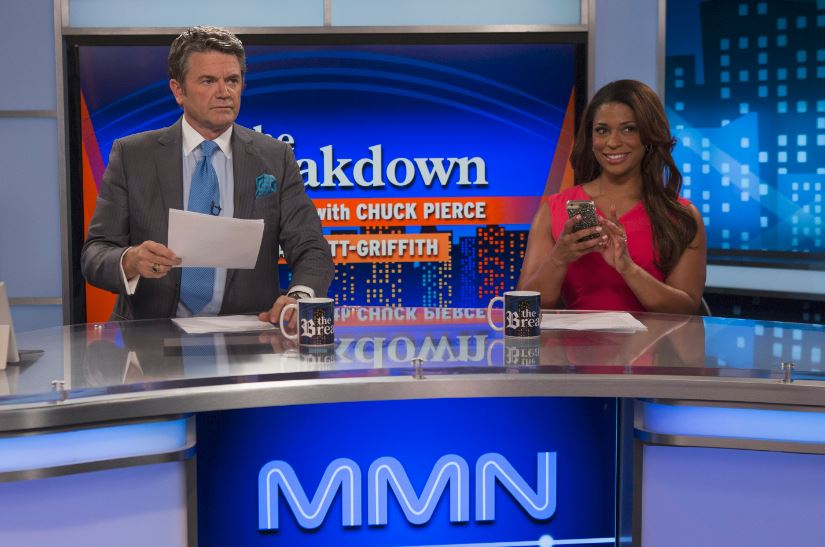
Patience is a big factor I’ve had to develop over the years because sometimes I’ll see possible lifts or structural problems and be tempted to fix them. “I’ll show them how smart I am.” But if I fix them too soon, I’m denying others the opportunity to see the so-called problem I saw. They don’t know it wasn’t working because they never saw it not working. You have to pass that along, so they can also make those determinations. If you deny them that it could bite you in the butt if they miss something that ends up back in the cut when maybe it doesn’t need to. The timing of a suggestion is as important as the timing of a punch line.
HULLFISH: I’ve talked to a couple of editors, Lee Smith, Kate Sanford of “Boardwalk Empire,” both of them talked to me about this issue of patience, which I personally struggle with. To me, it’s kind of a matter of ego, where I believe “This line should go! We can jump into the scene at this point.” I just want to chop it but they – and you – point out that the director really needs that process, they might end up coming to the same conclusion, but they need to go through the process to come to that conclusion.
HELFAND: Part of the psychology of the editing room is trust and getting in sync with your collaborators. They trust your opinions, your decision making and your problem solving, so you really don’t want to short change their ability to participate. If there’s something I think I can help – maybe take out a line or shift something around – I’ll save it as a different version that I put away. If they perceive the same problem, then I immediately have a solution to offer. When you do that, you also have the benefit of earning their trust and confidence and that’s what builds long lasting relationships. You have to show people that you are capable and you can address things but present it in the proper way.
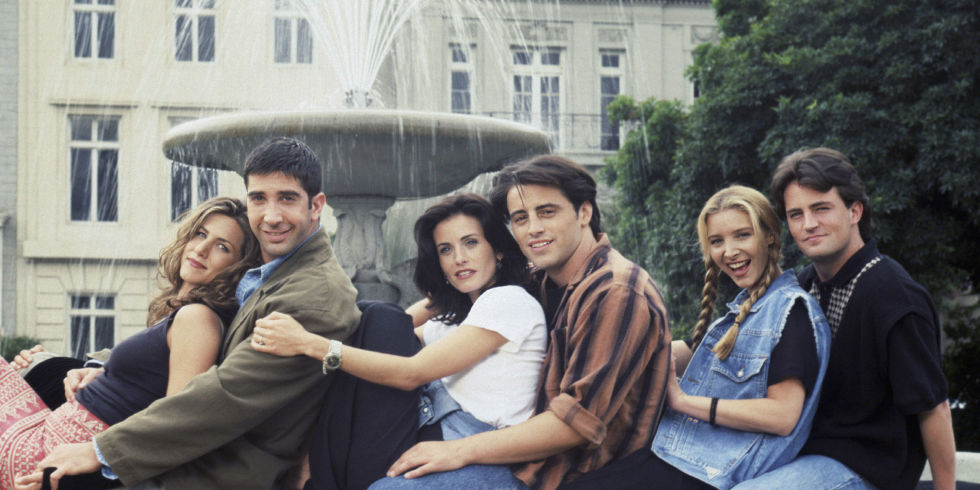 HULLFISH: Amen. So while we’re talking about getting to that next section of going through the notes with the producer. Talk to me about the structure of a 30 minute show, getting it to time, and having the act breaks happen at those commercial breaks where they’re supposed to happen and feeling comfortable about that.
HULLFISH: Amen. So while we’re talking about getting to that next section of going through the notes with the producer. Talk to me about the structure of a 30 minute show, getting it to time, and having the act breaks happen at those commercial breaks where they’re supposed to happen and feeling comfortable about that.
HELFAND: It depends on the platform. On premium cable or streaming network, you still have act breaks in terms of story structure – building towards peak moments and climaxes – they just won’t be interrupted. We’re free to construct the show as we like so long as it falls within a target range between 20 and 30 minutes.
On networks with commercials, breaks are written into the script but sometimes you have to find new ones. It comes down to pacing and understanding story structure to build to a dilemma where people feel compelled to see how it plays out. Besides making things funny and flow, you also have to meet network requirements that it be exactly 21:30 and act breaks fall on a :00 timecode frame so it can be tricky if not annoying. When we’re close, I’ll do a squeeze pass just before locking where I’ll shave 5 frames here, twelve there to get the time out without affecting timing in a way anyone feels. But as time is lifted, an act can’t be too short or the audience will feel cheated. Reordering scenes can help although “Friends” had A, B and C stories that were tricky to juggle. Other times, you might heighten the middle beat of a truncated scene with music or a camera move to make it function as an act break. The “Great News” pilot was completed with three-act structure but the network wants the series to have four and fortunately I found a split that makes sense and keeps the acts well balanced.
HULLFISH: I’m assuming your assistants set up the bins with the dailies, per scene, maybe multicam/group clips. How do you go about deciding how to start a scene and where to approach it and how to watch dailies?
HELFAND: Well, as you probably know from our previous conversation (I interviewed David for my book, “Avid Uncut: Workflows, Tips and Techniques from Hollywood Pros”), I’ve been a long, huge proponent of the Script tool, or Script Integration, in Avid. I started using it on Meridien systems in the early 2000s and haven’t cut functionally from a bin for more than a decade, whether the scene is dialogue, action or a music montage. I want my cuts to link up to the scripted clips and won’t even watch dailies until my assistant organizes them for me, not only grouping together multiple cameras, but also building the Avid script with restarts, alt dialogue or ad libs. We break it into sections according to the shooting schedule so I can edit one section while he scripts another. All the footage – pickups, circled takes, best lines, b negative, wild tracks – are color coded in a way that gives me a spectrograph of everything shot. That’s critical when you have an average of ten to twenty scattered passes per line of dialogue as we do. I’m able to glean a lot of information immediately and can make very detailed, thorough decisions on the spot and give quick feedback to those I’m working with. I don’t expect it to be perfect and will tweak it myself as I work with it. I’ll re-arrange the lines by angle or shot size like a bin. I’ll review the script notes and colorize areas to remind me what line reads or takes people favored. All that is kind of blueprinted into my Avid Script with detail the lined script can’t realistically provide. Once it’s done, I never look back at paper. It’s not for everybody’s workflow or cutting sensibility, but I’ve found that for me it’s incredibly powerful and worth the time invested.

One reason I like it is that I want to review the audio of every single take even if I am not going to use that coverage. I cheat audio for performance a lot, not just to fix pronunciation or mic hits. In comedy especially, it’s so audio-driven, so word-driven, that switching word order or paraphrasing a line can ruin a set up. I’ll utilize snippets from various takes to cheat correct phrasing into an actor’s mouth or add inflection. A good line read shouldn’t be discarded because there was a flub half way through. Also some actors come fresh out of the gate with really great intuitive performances in wide angles. While I don’t want to use that visually, audio-wise I want to consider it. Having the means to quickly go through twenty line readings, resets or hiccups helps me keep from missing any gems or tidbits I can weave in.
HULLFISH: I think Avid has kind of given up on supporting or improving that tool because of the deal with Nexidia having problems but there are so many ways it could be improved regardless of whether there’s phonetic integration or no.
HELFAND: I think there are simple interface improvements they can still make, for example in contextual menus, to make it faster and easier to use. I’d love it if the script tool could use even more colors. Modifying text more gracefully than copying and pasting with Text Edit would help a lot.
I thought that phonetic ScriptSync would be a huge time saver when it came out and depending on the type of production that it is, it can be. But just by the nature of performance – because actors paraphrase and there are variations on lines – it’s never going to be exact. So assistants often prefer to manually mark the Script up anyway, just because of the ad-libbing and alt line reads.

HULLFISH: Many people say ScriptSync doesn’t work with comedy specifically because there’s so much improv.
HELFAND: Since ad-libbing has gotten more prevalent, it’s actually even more important for me to script it in. Ad-libs vary from take to take so we paraphrase the concepts. As I’m looking at it, I can see “On this take it was phrased in a certain way and then on the next take they did it, but shifted the words around and in the next three takes they dropped that idea altogether and then in takes 5 and 6 they came back to the concept so you have all these ad-lib ideas spread across in a very scatter-shot way. By having those things in the script, I can look amongst the various takes, especially while working with a director or producer, and figure out how to combine the third pickup of take one with the fourth pickup of take five because they had sort of a similar word structure. If I have to rely on memory to sift through the numerous pickups, it’s going to take a lot longer. People will tend to get impatient or give up on an area and will just feel satisfied with where something was.
HULLFISH: Brent White, who cut “Ghostbusters” and has cut many comedy features said they had a transcriptionist on the set – like a court stenographer – who transcribed all of the improvs as they happened so he could use them in Script Integration.
HELFAND: We did that as well on “The Mindy Project.” They discovered their preference for ad-libs about half way into the first season and it grew more and more. Sometimes the ad-libs are on story but sometimes they’d go off on these long tangents and would just be riffing. When it got to be more than we could possibly deal with, we had a writer’s assistant on set transcribing the various takes that we would incorporate that into our Avid Script. It’s very useful when you have to blend so many random ideas and essentially re-writing after the fact because of all those joke adds. You have to figure out how to weave them in in a way that energizes those moments without de-railing the scene. That’s the biggest challenge. The last “Mindy” episode I did they just went hog-wild with ad-lib so I had to figure out in a five or six day schedule how to accommodate all that extra material. My editor’s cut was close to 50 minutes long, more than twice as long as the 21:30 delivery length. When Mindy got in, I was able to review all that stuff with her much faster and start making decisions about what parts to lop off and which things could be condensed.”
Hullfish: Let’s jump back into your approach to a scene: you walk in the morning…
HELFAND: As I’m watching footage I’m thinking about how to build in certain timing beats into the scene that might be interesting. You always want to plus the comedy where possible. Greg Daniels supposedly has a binder of comedy rules expressed as math formulas. They’re cheeky, but have a lot of truth. For example:
J/T = F [where J is joke, T is Time, and F is Funny; the less time you take to tell a joke, the funnier it is].
J x 3 = Funny. J x 4 = Not Funny. J x 5 = Not Funny. J x 7 = Funny.
If HN, then SV [if Hit in the Nuts, then Squeaky Voice]
F Sound = Funny. F Smell = Not Funny [where F is Fart]
Cream π/Face = J2
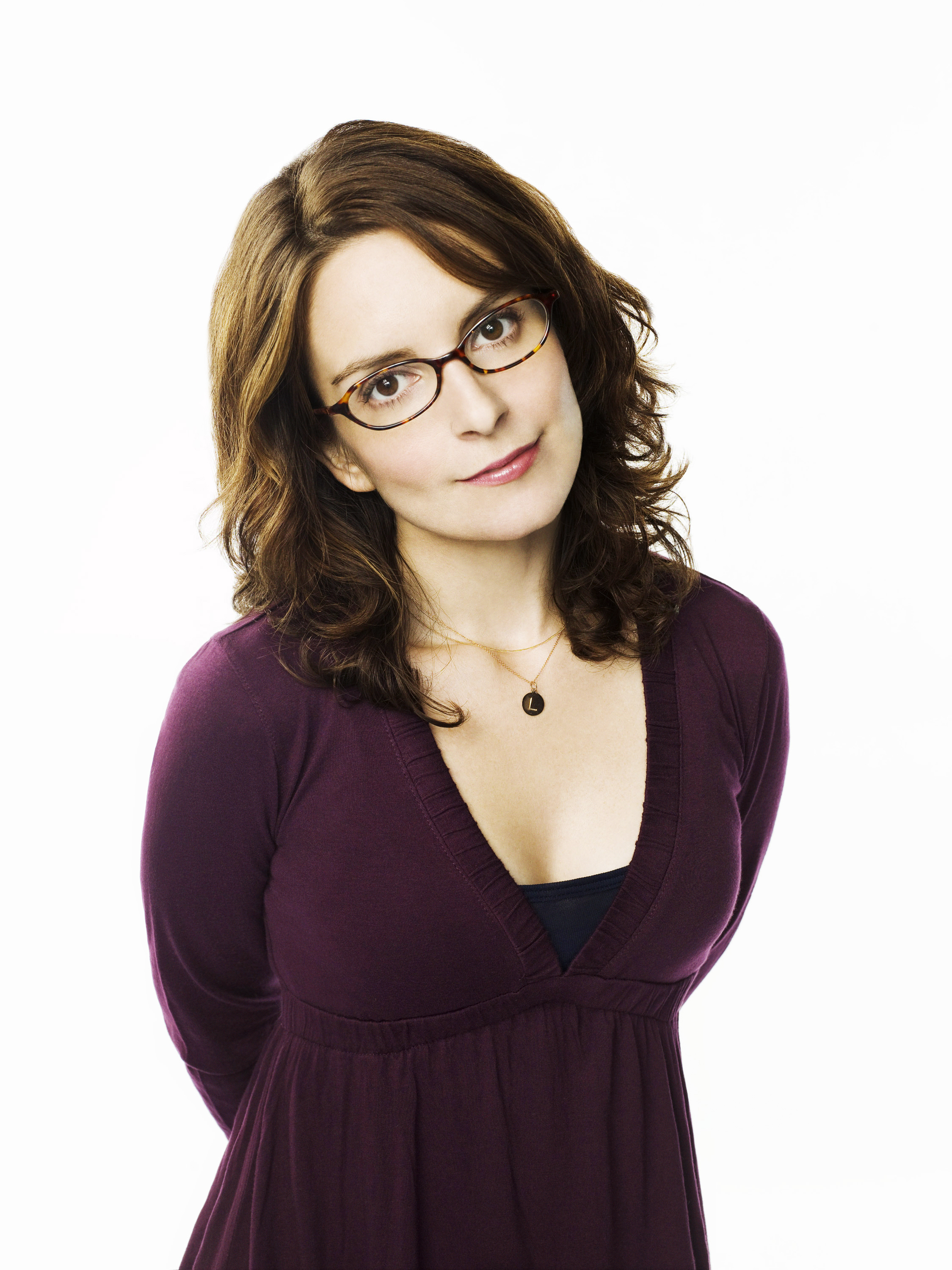
So I keep those in the back of my head. Over time, a series develops little signature moments that you like to have reflected in the story. As I assemble I’ll try to build things that work for that scene that weren’t necessarily performed, adding my joke pitches with what was originally done and then whittling it all down for pace and timing. I’ll leave it just ever so fat, because I know it will tighten over time and I don’t want it to feel rushed when we’re done. It’s hard for me to work like some editors who construct a scene then move on and re-tighten in various passes. I have to figure out in advance exactly how I want it to play in the whole context of the episode, transition in and out, and then keep pounding it until it’s there. I won’t touch it again until I connect all the scenes into the finished show, which gets a cursory review to balance audio levels and check for mistakes.
Personally it works better for me to commit to a viewpoint going in and then being open to surprises. That viewpoint is what I think people look for in one editor versus another. Of course humor is subjective and you have to be able to adapt your sensibility to the people you’re working with. Ideally you’re close anyway, which is why you’re there.
HULLFISH: You need to have a perspective on the material.
HELFAND: Gotta have a perspective. I like to start with a strong perspective. I won’t stick with it. You’re going to kill yourself and your career if you stay too rigid to that perspective. You have to be willing to give everything up at some point but you have to start with a strong take on things. It gets me thinking about the material and engaging in it rather than trying to respond to it just to make it smooth and seamless and perfectly matched. If the footage isn’t giving me what I’d love the scene to be, how do I manipulate it to get there? How can I shift time within performances, expand or pull up a performance to give me the timing the scene needs. How can I blend two performances and where do I need to put little Band-Aids or little visual cheats so I can present a scene in such a way that it sounds funny and flows, yet doesn’t throw you. I find that once I start with a strong concept, I’m able to get away with a lot more things visually that I might not have realized because the ear leads in comedy more so than the eye.
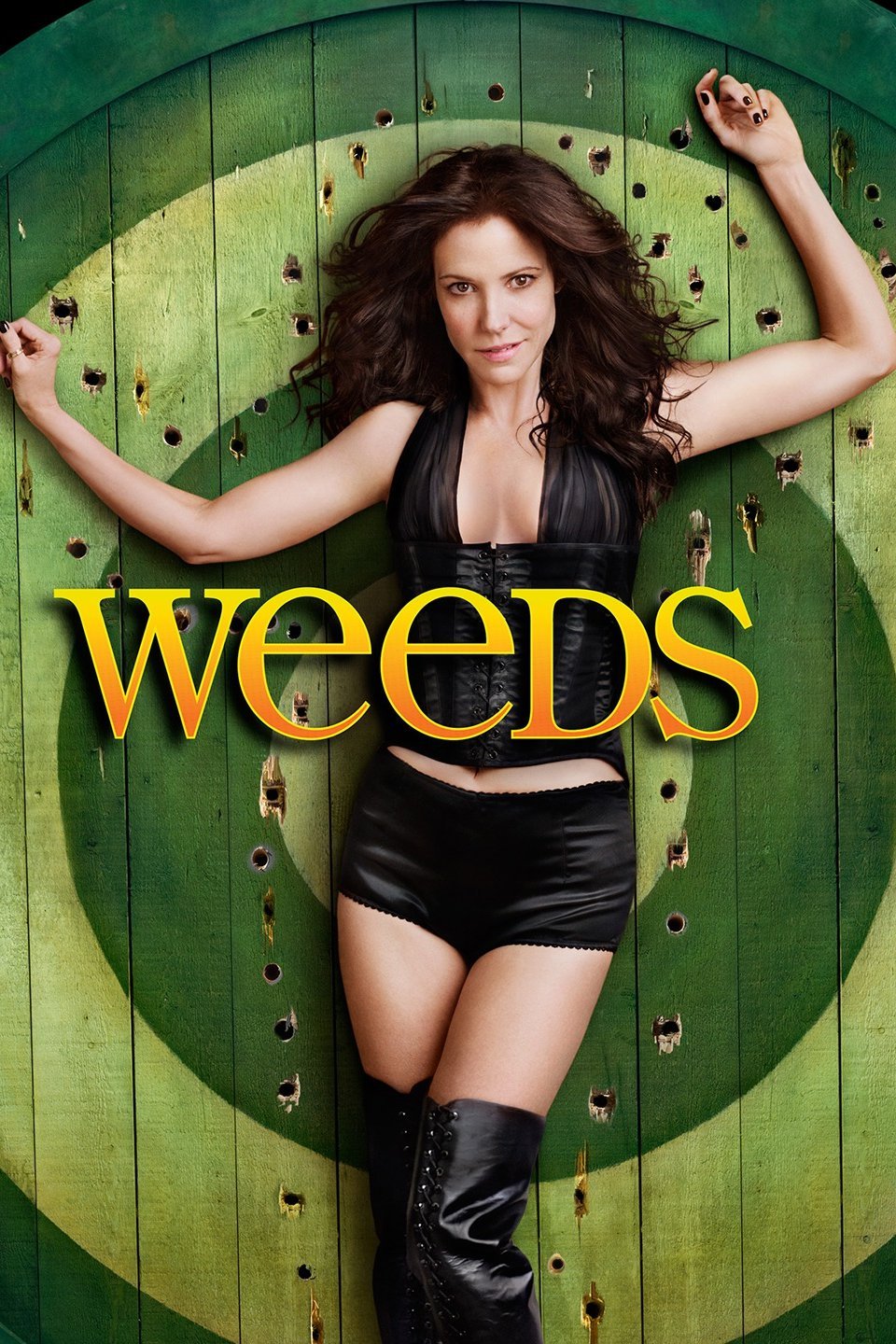 HULLFISH: It’s interesting that you say that you need to manipulate the material instead of respond to it. Several editors have said that what they see in the editing of others that they view as good editing is that the editor is in control of the material, not the other way around.
HULLFISH: It’s interesting that you say that you need to manipulate the material instead of respond to it. Several editors have said that what they see in the editing of others that they view as good editing is that the editor is in control of the material, not the other way around.
HELFAND: The comedies I respond to are ones where I can see the seams. I think in comedy editing there’s value in a hint of roughness and not being too refined, having a little bit of “scrape” to it. It adds a little tension and energy that enliven a comedic moment. Of course, that works with drama too. It’s not specifically a comedy thing. If I can see mismatches here and there that don’t bother me, I really feel like the editor has focused on what’s important. Sometimes we editors get so close to our cuts that we’re focusing on things other people don’t really pay attention to. If I’m concerned how badly the actors mismatch, I’ll show my cut to non-editors to see what I can get away with, where are they looking and how they’re listening. If they’re engaged they will not notice those imperfections. One advantage of a TV series is to utilize not just what was shot for your episode, but what was shot for other episodes. I have text-searched my Avid Scripts from previous seasons to find line readings I can use in the current cut. Reaction shots too. Early on I did an experiment. I needed a key reaction shot from the main character who tended to wear the same suit, but change his tie from one episode to another. It occurred to me that I had the shot I needed in a previous episode so I put that shot of the character – wearing a totally different color tie – right into the middle of the scene and told no one. I made sure it was flowing and tight and no one noticed it. For due diligence just before we locked, I told the producers about the intentional wardrobe mismatch they’d been missing through multiple cuts. They were surprised but didn’t mind it and left it in.
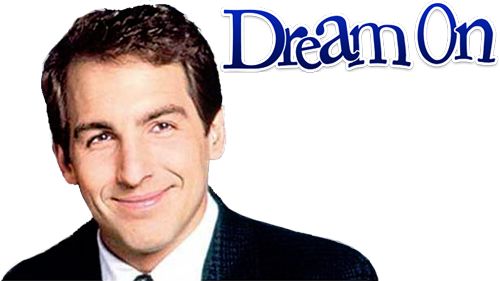 HULLFISH: OK, now you have to tell us what series and what show that was where you put in a reaction shot with the wrong wardrobe!
HULLFISH: OK, now you have to tell us what series and what show that was where you put in a reaction shot with the wrong wardrobe!
HELFAND: “Dream On,” where I started as an assistant and got my first editing break. It was on HBO before they had a lot of original programming, a few years before “Larry Sanders.” It was created by the writers who went on to create “Friends” and that’s how I got involved with “Friends.” On “Dream On”, Martin Tupper interacted with his environment through old black and white clips embedded in his baby-boomer memory. We used his close-up reactions to trigger the clip moments, which were scripted but also added in editing if we could make something funnier. I needed a reaction shot for one such unscripted clip and that’s when I got the idea to steal a close up from another episode wearing the wrong tie. The reaction and background were right so it blended perfectly with the clip we were using and nobody noticed. That was a big, important lesson for me.
HULLFISH: I’ve definitely noticed more continuity of motion or position “mistakes,” if you want to call them that, in comedy, but the timing is perfect. Those are probably only things that only another editor would notice, though.
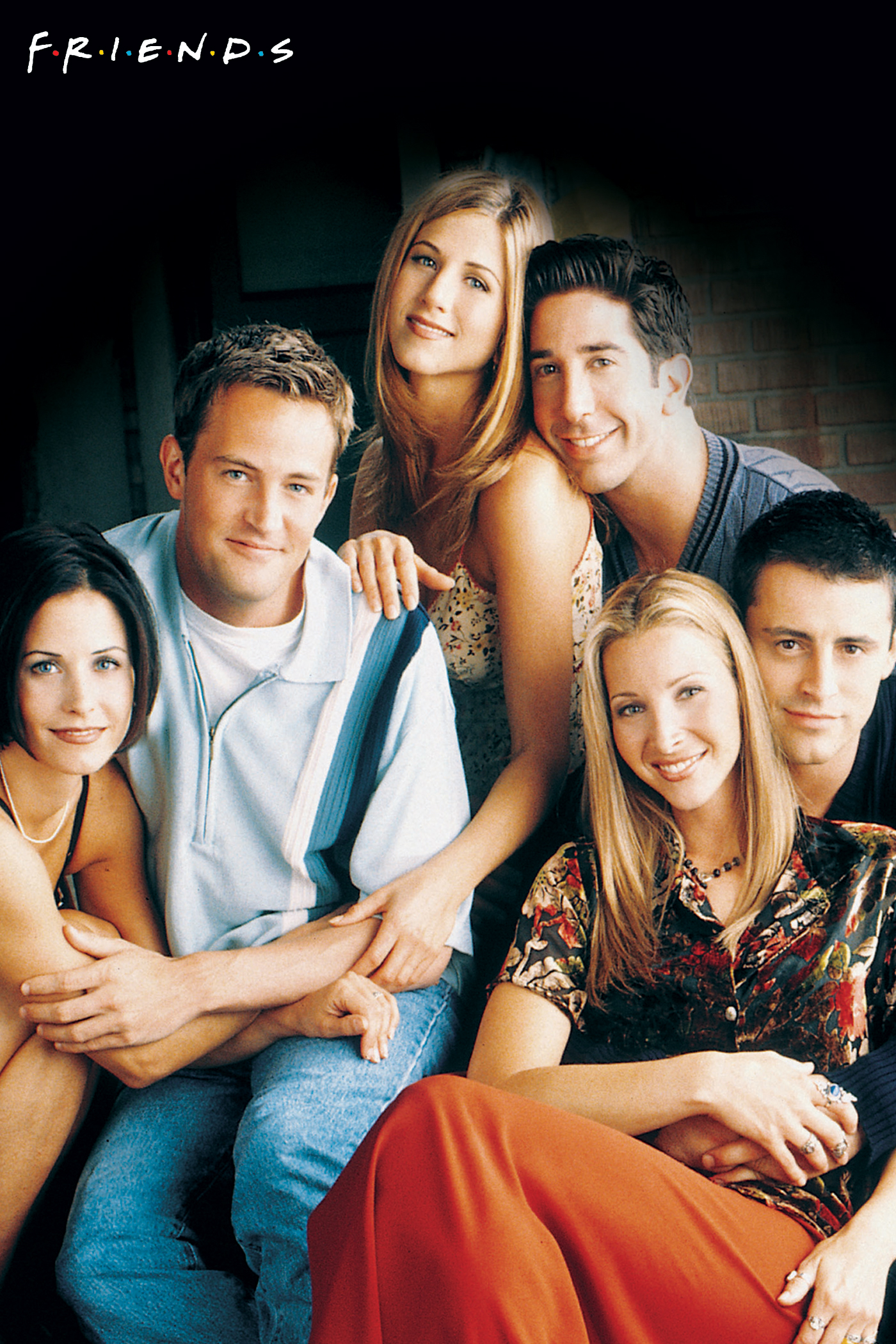 HELFAND: There are low and high-brow examples that taught me that. I saw an old comedy short with a silly scene where a bull chased someone across a field and head butted him over the fence. It’s been so long now but it might have been Abbot and Costello or The Three Stooges (it was in fact The Three Stooges “Busy Buddies”). It was hilarious because as the character flew through the air you’d see a dummy thrown over the fence and then a jump cut without changing the camera angle to the actor lying on the ground in the same position. And I thought, “That’s the most awful, blatant visual cheat you could possibly imagine.” But in context, the audience at the time wasn’t expecting that and probably accepted it on face value for the comedic moment it was. It made me think about how I could get away with some outrageous things if they made something funnier and to be adventurous. So I will try some of those things every once in a while. The other lesson that reinforced this was just watching a lot of Scorsese films. Obviously, Thelma Schoonmaker is an amazing editor… one of the best ever. If someone harangues me a little for not having perfect continuity, I’ll tell them some of the worst continuity errors you’ll ever see are in Scorsese films. That roughness is actually a reflection of technical brilliance. They may look technically imperfect, but they’re actually technically brilliant because they’re contributing to what the scene should be conveying in mood or tempo, a sense of urgency or anxiety. Look at a basic dialogue scenes from “Age of Innocence” or “Goodfellas” or “The Departed” and you can find, if you’re looking, incredible mismatches. But if you’re just watching on a visceral level, they have an emotional effect on you and don’t take you out of the story but draw you further in.
HELFAND: There are low and high-brow examples that taught me that. I saw an old comedy short with a silly scene where a bull chased someone across a field and head butted him over the fence. It’s been so long now but it might have been Abbot and Costello or The Three Stooges (it was in fact The Three Stooges “Busy Buddies”). It was hilarious because as the character flew through the air you’d see a dummy thrown over the fence and then a jump cut without changing the camera angle to the actor lying on the ground in the same position. And I thought, “That’s the most awful, blatant visual cheat you could possibly imagine.” But in context, the audience at the time wasn’t expecting that and probably accepted it on face value for the comedic moment it was. It made me think about how I could get away with some outrageous things if they made something funnier and to be adventurous. So I will try some of those things every once in a while. The other lesson that reinforced this was just watching a lot of Scorsese films. Obviously, Thelma Schoonmaker is an amazing editor… one of the best ever. If someone harangues me a little for not having perfect continuity, I’ll tell them some of the worst continuity errors you’ll ever see are in Scorsese films. That roughness is actually a reflection of technical brilliance. They may look technically imperfect, but they’re actually technically brilliant because they’re contributing to what the scene should be conveying in mood or tempo, a sense of urgency or anxiety. Look at a basic dialogue scenes from “Age of Innocence” or “Goodfellas” or “The Departed” and you can find, if you’re looking, incredible mismatches. But if you’re just watching on a visceral level, they have an emotional effect on you and don’t take you out of the story but draw you further in.
HULLFISH: When you are working on these series, are you temping with stuff that was maybe already in previous episodes? Or are you pulling from a wider variety of temp, like feature films.

HELFAND: In terms of score, when you’re dealing with a pilot or the first few episodes of a series, they haven’t honed in on what their sound is yet so you’re experimenting a bit from every kind of source. If you don’t have the resource of a composer, hopefully there is at least a music supervisor or a music editor and everyone contributes ideas for what might work tonally. As the composer gets involved, ultimately you’ll get a soundtrack or a library that is the unique sound of the show, but that also evolves. On “Weeds” we started with one kind of sound in the first season that went in a totally different direction subsequently. Jenji (“Weeds” writer/producer, Jenji Kohan) had young children and was listening to Gwendolyn and the Good Time Gang ( Gwendolyn Sanford and Brandon Young Jay) –who were doing these quirky children’s songs that were very innocent but smart. She loved the quality of that music and Gwendolyn’s voice, so she brought them in even though they’d never composed for TV and that became a very distinctive soundtrack.
I do love cutting music and it’s an important skill to master. I wasn’t musically trained but I’ve learned tricks through trial and error how to shape a track around dialogue although it’s better when a music editor can help you. Then it’s up to me to maintain the integrity of that music as we’re going through the editing process and hide tempo changes on the fly when a scene is getting chopped to hell. If I’m struggling with a vocal track, I’ll try cutting the lyrics like dialogue rather than the instruments. Psychologically, the ear hears the vocal continuity and is less likely to notice the instrumental change. It gets me by until the composer and music editor can make it truly right.
HULLFISH: Talk to me about the social and psychological aspects of surviving the edit suite and collaborating in the political arena of the TV edit room.
HELFAND: That is probably at least half of it.
HULLFISH: That’s how I feel.
HELFAND: It’s one thing that I learned early on as an assistant working in one of the early videotape-based non-linear systems.
HULLFISH: Montage?
HELFAND: Exactly. Montage. Early on in my career there was a bad year when there were a bunch of industry strikes and I was out of work and so I took a side job training at the Montage school. I clicked with an editor who came in for training and he hired me for his pilot. Well into editing he realized he wasn’t proficient enough, so during the producer’s cut he sat behind me with the producer and said, “You do it.” And I had to learn how to work on the spot and recognized that it’s more than just being able to operate a machine. It’s really learning how to operate with the people in the room, to ingest what they’re saying and multi-task and conceive under pressure. You have to develop a shorthand and strategize how you build trust while you’re assembling.
That goes back to anticipating problems and not fixing them too soon. Presenting problems and solutions at the right time not only helps the process editorially, but helps people build confidence in you. It shows them that you’re thinking ahead, making their lives easier because we’re getting through things in a much more efficient way. It’s vital because I need to provide some guidance and some objectivity. That’s tricky because you respect what they have done, but you also have to – at some level – disrespect what they have done enough to challenge it and provide a different perspective.
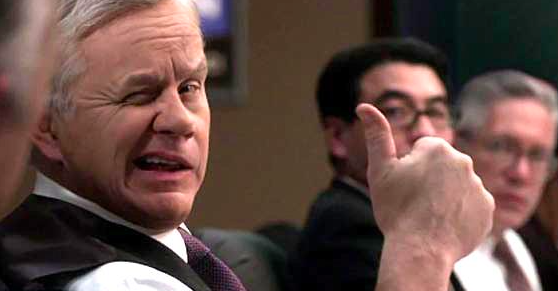 It’s a delicate balance because you don’t want to alienate someone who’s very close to the material they’ve been living with for years. They’ve already made the whole project in their head and you have to respect that while working through areas that maybe aren’t coming across in the way that they intended.
It’s a delicate balance because you don’t want to alienate someone who’s very close to the material they’ve been living with for years. They’ve already made the whole project in their head and you have to respect that while working through areas that maybe aren’t coming across in the way that they intended.
And sometimes you pitch an idea and it’s wrong. You have to be willing to step back and hopefully you’re working in an environment where everyone feels that nothing is precious because that’s really the healthiest approach, where everything is up for grabs and everyone can challenge everything and no one feels insulted.
HULLFISH: Very true.
HELFAND: Trying to develop an attitude of understanding is especially vital when you’re working with a big studio or network bureaucracy. You’re dealing with a lot of people who have different agendas. Maybe they’re coming at it from “How does this television show work in our world?” and they’re not really thinking about the product in this specific episode and their notes reflect that. Also, everyone thinks they can edit because it basically involves a choice of this or that and it’s very easy to have an opinion. It may not always be the right one but people will think that and so trying to respect everybody up and down the line is something that I’ve worked hard to do. It’s very easy to dismiss network or studio notes that seem off base, irrelevant or ill informed. But I still use that as an advantage to see how something is being perceived. Even though I may disagree, I’m trying to understand the intent of the note as much as anything. People are reacting to something and everyone’s reaction is valid. Whether they have an agenda or a bad suggestion about how to fix it is questionable.
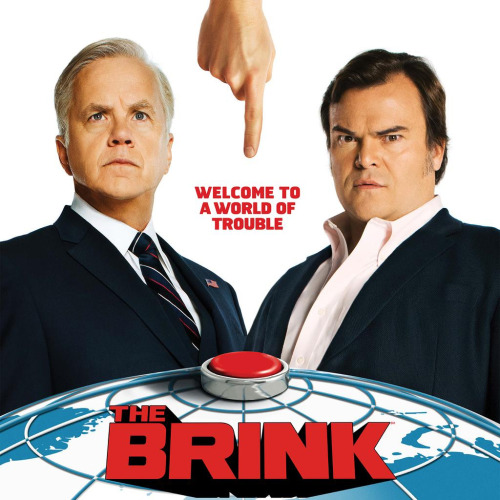 But the fact that they are commenting on something should make you think, “Why did they have that reaction?” Maybe the problem they’re talking about exists earlier on and they’re responding to it four scenes too late. Deciphering notes is another skill that you really need to develop and it’s an art. It helps me survive a lot of situations by trying to embrace it rather than resist it. It’s like a judo move where you take the energy of whatever’s being used against you and redirect it in a positive way instead of fighting it, even if it’s coming from someone whose opinion you might not respect.
But the fact that they are commenting on something should make you think, “Why did they have that reaction?” Maybe the problem they’re talking about exists earlier on and they’re responding to it four scenes too late. Deciphering notes is another skill that you really need to develop and it’s an art. It helps me survive a lot of situations by trying to embrace it rather than resist it. It’s like a judo move where you take the energy of whatever’s being used against you and redirect it in a positive way instead of fighting it, even if it’s coming from someone whose opinion you might not respect.
HULLFISH: You’ve done a lot of comedy. Talk to me about getting typecast.
HELFAND: (laughs) So we are going down that path… That has been an issue for me. Certainly has been for many others. It’s difficult because when you’ve been working in a genre, you try to do really well on a series of projects and you get other projects in that same category. Those projects include drama, like “Weeds”, or special effects and action scenes, like “The Brink”, but they’re primarily known as comedies. People see all those over the years and want to go with what’s comfortable, safe and proven – I get that. It’s tough to break out unless people who know you say, “He can do this or that and it won’t be a problem.” Even that’s not a sure thing. A veteran Emmy-winning director I’ve worked a lot with wanted me to cut his supernatural drama pilot, but the studio execs rejected me based on my resume. People who understand editing know that if you’re skilled in the mechanics of storytelling and have the right temperament, the process is the same whether it’s action, visual effects, comedy or drama. Unfortunately, those studio execs weren’t those people.
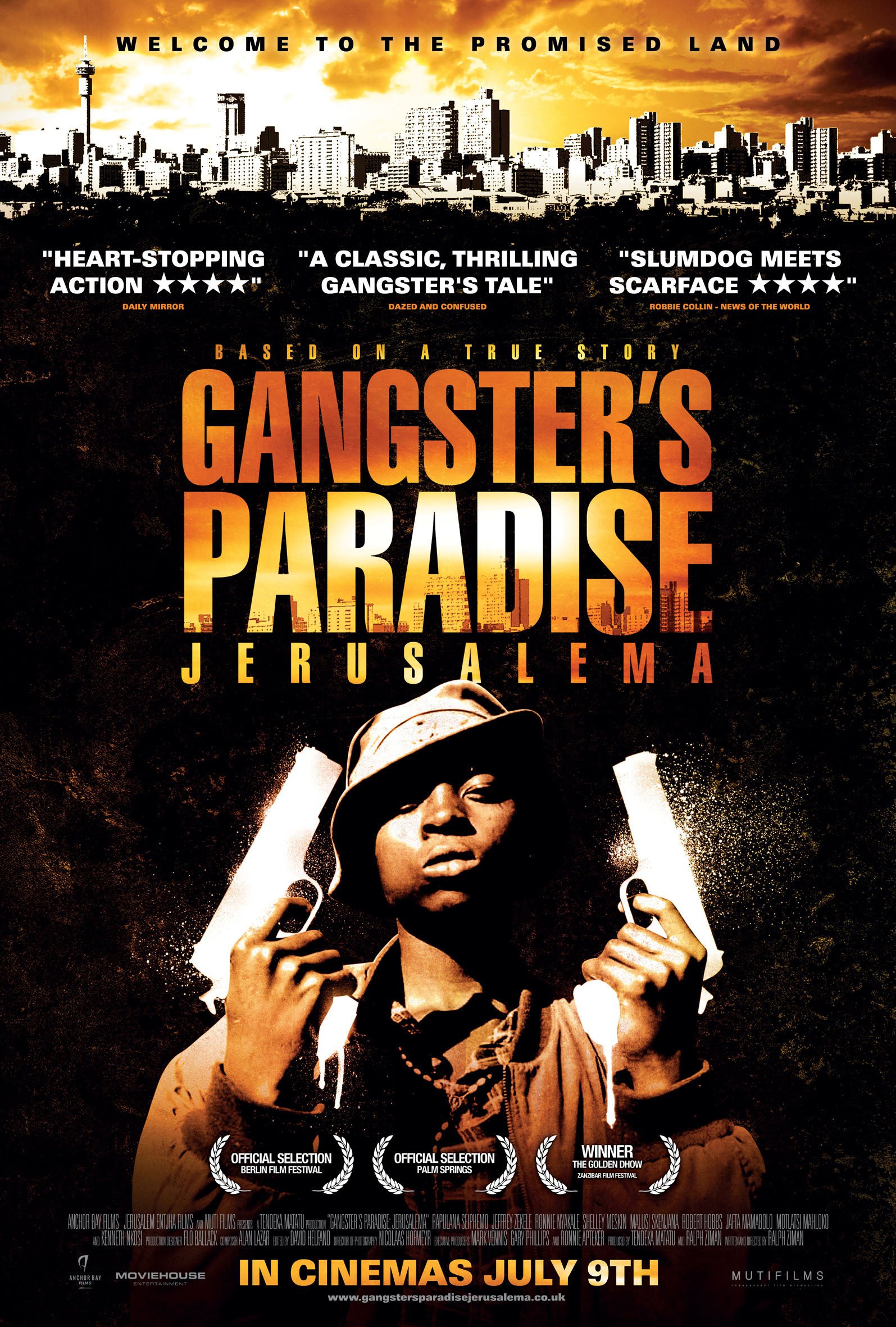 On the other hand, I met a South African director who had me cut his sprawling crime drama following the rise and fall of a violent criminal kingpin in post apartheid Johannesburg. It opens with a huge eight-camera helicopter commando raid on his hideout then flashes back to his township youth and numerous other large-scale clashes with rival gangs and cops. I cut it in his basement on Avid Express, but it became South Africa’s official Oscar submission that year and won best editing at the Pan African Film Festival, which is akin to their Oscars. So at least they get me in Ouagadougou.
On the other hand, I met a South African director who had me cut his sprawling crime drama following the rise and fall of a violent criminal kingpin in post apartheid Johannesburg. It opens with a huge eight-camera helicopter commando raid on his hideout then flashes back to his township youth and numerous other large-scale clashes with rival gangs and cops. I cut it in his basement on Avid Express, but it became South Africa’s official Oscar submission that year and won best editing at the Pan African Film Festival, which is akin to their Oscars. So at least they get me in Ouagadougou.
HULLFISH: I totally agree. I was talking to Brent White who did “Ghostbusters,” “40 year old Virgin” and a bunch of things, and he’s all basically comedy. I had the same discussion with him but for him, he met three directors when he was doing one TV show (“Freaks and Geeks”) and those guys all went on to make feature films and so between those three directors, they’re all comedy directors so that’s all he does because those three guys want him and that’s all he’s done.
HELFAND: And so you work with people that you like and I gotta tell you that the longer my career goes, working with people that you like really is way up there on the list of priorities. To some degree, your career is tied to the fate of theirs. I did a pilot with Adam McKay a few years back and we got along well, but I don’t think he’s going anywhere. (laughs) You can make a concerted effort to try to turn down a lot of work and not settle for anything except a drama project if that’s what you really want. But there’s nothing wrong with working with very funny, talented, smart people because there are some different challenges in comedies that go beyond drama and it’s still very satisfying.
HULLFISH: I don’t think you are going to get a lot of sympathy from people when your resume is Tina Fey, and Friends…
HELFAND: I do appreciate that. Overall, I think I have been very fortunate and never undervalued that or failed to appreciate that. Yet, I still try to have a lot of ambition to do other things and never want to settle.
To read more interviews in the ART OF THE CUT series, check out this link and follow me on Twitter @stevehullfish.

Filmtools
Filmmakers go-to destination for pre-production, production & post production equipment!
Shop Now